At Home in the World

At HOME
in the
WORLD

A Rule of Life for the Rest of Us
Margaret Guenther
SEABURY BOOKS
an imprint of
Church Publishing Incorporated, New York
For the rest of us
my beloved community of St. Columba
2006 by Margaret Guenther
All rights reserved
No part of this manuscript may be reproduced, stored in a retrieval system, or transmitted in any form or by any means, electronic, mechanical, photocopying, recording, or otherwise, without the prior permission of the copyright owner.
Library of Congress Cataloging-in-Publication Data
Guenther, Margaret, 1930
At home in the world : a rule of life for the rest of us / Margaret Guenther
p. cm.
Includes bibliographical references.
ISBN 1-59627-026-8
ISBN13 978-1-59627-026-8
1. Spiritual lifeChristianity. 2. Spirituality. I. Title.
BV4501.3.G84 2006
248.4dc22
2006006028
Cover photograph Simon Brown
Church Publishing, Incorporated
445 Fifth Avenue
New York, New York 10016
www.churchpublishing.org

Contents




Acknowledgments
 Although writing is a profoundly solitary act, no book writes itself. I am deeply grateful for the help and friendship of my editors, Cynthia Shattuck and Vicki Black.
Although writing is a profoundly solitary act, no book writes itself. I am deeply grateful for the help and friendship of my editors, Cynthia Shattuck and Vicki Black.
I have been supported also by the generous hospitality of the Benedictine communities that have welcomed me as sister and friend. As always, I have been sustained and encouraged by my family: my husband Jack, my children, and my grandchildren.
To all of youa heartfelt thank you.
part 1 Why a Rule? |  |
1

Rules, Roots, and Branches
 When I was a small child, I knew a song from my grandparents days: School days, school days, dear old golden rule days; reading and writing and rithmetic taught to the tune of a hickory stick. I liked it and disliked it simultaneously. The tune was lilting, and the severe pedagogic regimen safely in the past, yet the linking of the Golden Rule and that stick was too close for comfort.
When I was a small child, I knew a song from my grandparents days: School days, school days, dear old golden rule days; reading and writing and rithmetic taught to the tune of a hickory stick. I liked it and disliked it simultaneously. The tune was lilting, and the severe pedagogic regimen safely in the past, yet the linking of the Golden Rule and that stick was too close for comfort.
In our four-room school desks were clamped to the floor in neat rows, fastened to sturdy metal strips like miniature railroad tracks. Window shades were impeccably alignedwoe to the teacher whose blinds were out of sync. No talking unless you held up your hand, no whispering, no gum-chewing, no getting up from your seat without permission: pencil sharpening was an exciting diversion, and an authorized trip to the basement bathroom a high point in the day. You formed a neat line to go to the playground, where boys played on one side of the squat brick building and girls on the other. I once had to carry a message to the teacher on duty on the boys side and felt as if I were doing something dangerously illicit. Would I be praised for efficient delivery of the message, or reproached for being in forbidden territory?
This was not a harsh environment. The children were not struck or shouted at. All the rules were in fact reassuring, probably like the rules of a benevolent prison: you knew exactly where you were supposed to be and what you were to be doing at any given moment. But the rules were not freely chosen by the small inmates: they were a given, handed down by remote authorities. Spontaneity had no place, nor did exuberant creativity. Who knows what might have happened if some rampaging free spirit had tried to blossom among us docile children in the 1930s in the neighborhood called Rosedale?
Rulesthey structure and punctuate our lives. There is the rule of the road and the rule of law. There are rules of grammar, happily ignored by many. Some rulers are heads of state; some are twelve-inch strips of wood or plastic tucked in the middle desk drawer. There are even three saints named Rule. My favorite is St. Regula, martyred in 302 and now remembered as one of the patrons of hyper-Protestant Zurich. Beheaded, she carried her severed head to an ancient church on the riverbank, where she deposited it to mark one of the future cornerstones. St. Rule was an obscure fourth-century Scottish saint reputed to have brought relics of St. Andrew to Scotland. He is not to be confused with St. Regulus of SenlisI havent managed to find out who he was. Nor have I found any indication of how these saints got their names. Were they sticklers for doing things decently and in order, or did they compose rules for their communities? Or were they stragglers and underachievers who needed the structure of a rule to hold them up?
Not long ago, looking for something else, I found a folder labeled Rule in my computer directory. It is not a folder that I had created, but lies buried among those innumerable indecipherable items on the hard drive. It contains seventeen forbidding-looking files that obviously have something to do with the continued healthy functioning of my desktop. Like my three enigmatic saints, I havent a clue how it got its name, nor can I fathom what its purpose might be. Now that I know its there, I will continue to keep my distance and treat it with a healthy respect.
 Contemporary Rules
Contemporary RulesIn the freedom-loving twenty-first century I find myself wanting to write a book about rules. Not just those ordinary practical rules that help us get through the daystand to the right and walk on the left on an escalator, put the trash out Tuesday night, take your laptop out of the case before going through security while juggling your shoes. And not those rules that restrict and oppress us, that compel us to plod when we really want to dance. I am convinced that, even as we celebrate freedom, we yearn for rules. It is frightening and disorienting to be adrift. Any parent of small children knows that structure is essential. Children find it liberating to know when they will eat and when they will sleep, to know clearly which behaviors are acceptable and which are not, to know that they are protected from danger. There are times when life itself may depend on knowing and observing the rules. At the very least, there is freedom and security when our days are shaped and held by a supportive structure. Further, any terroristinternational, domestic, or householdknows that uncertainty is the most powerful weapon.


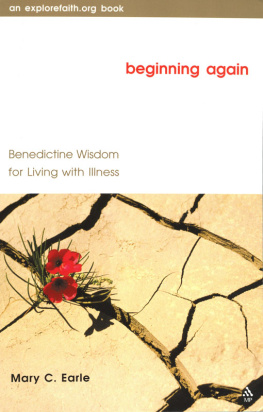
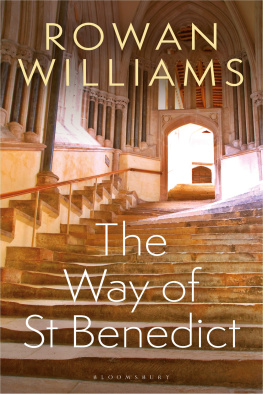
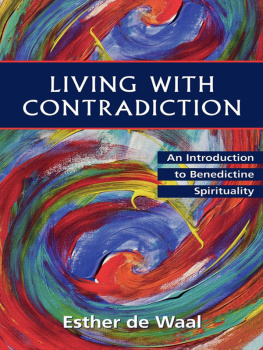

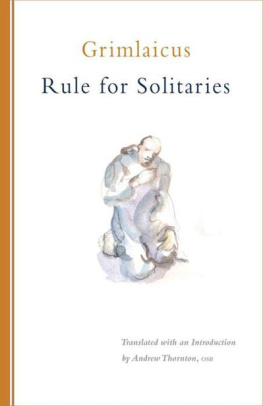

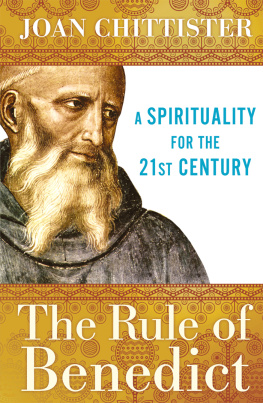
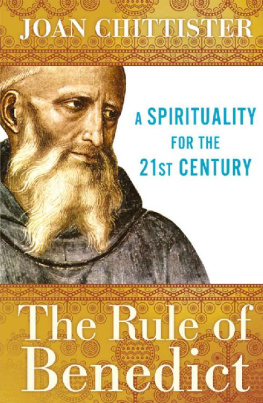
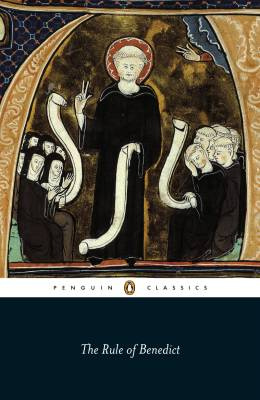
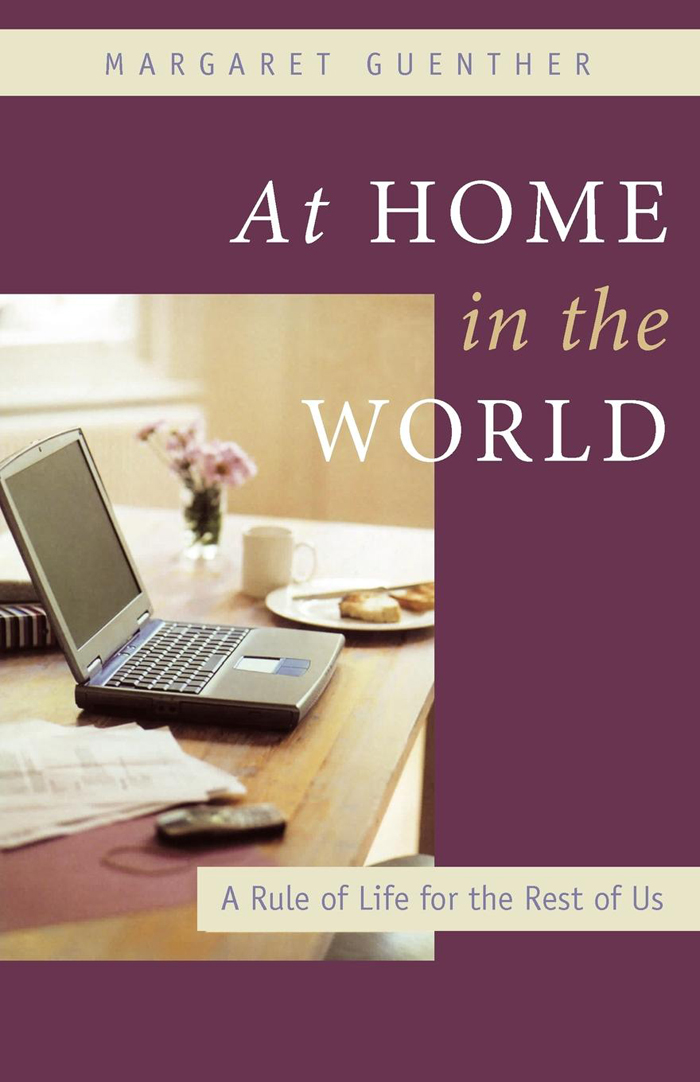




 Although writing is a profoundly solitary act, no book writes itself. I am deeply grateful for the help and friendship of my editors, Cynthia Shattuck and Vicki Black.
Although writing is a profoundly solitary act, no book writes itself. I am deeply grateful for the help and friendship of my editors, Cynthia Shattuck and Vicki Black.
 Contemporary Rules
Contemporary Rules